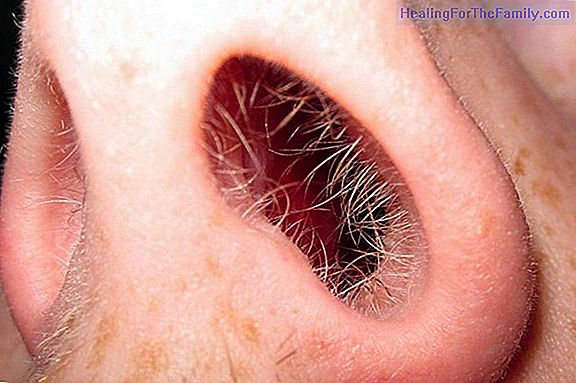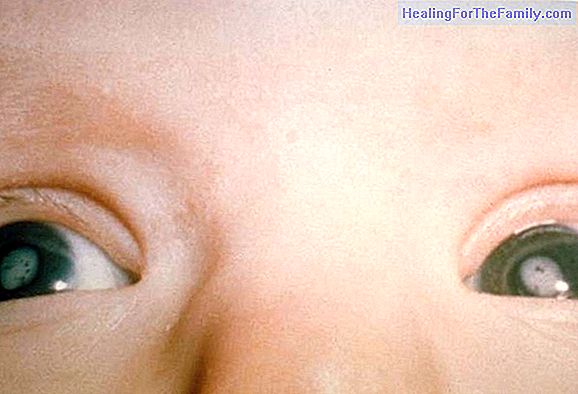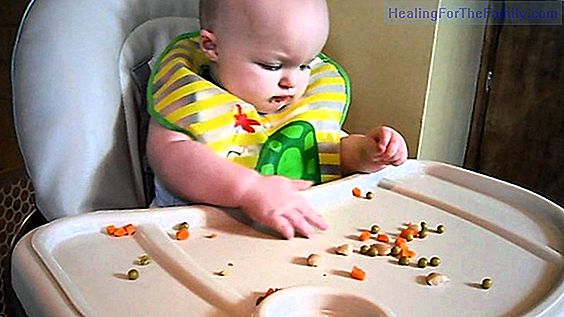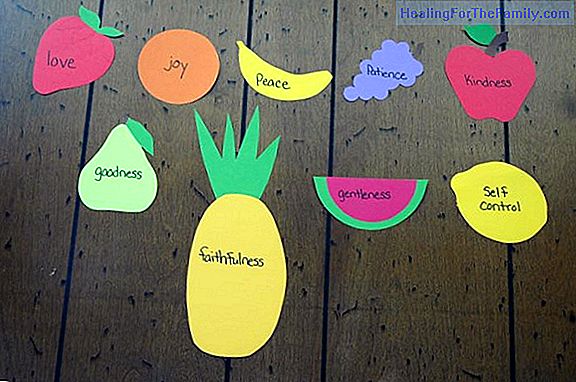How many carbohydrates should children take?
Carbohydrates are basic in the diet of children and adults. Perhaps you already know that they provide us with energy, contribute to good intestinal health, are a source of fiber and are the main nutrient of the brain, among other benefits. What you may not know is that there are two types of carboh
Carbohydrates are basic in the diet of children and adults. Perhaps you already know that they provide us with energy, contribute to good intestinal health, are a source of fiber and are the main nutrient of the brain, among other benefits.
What you may not know is that there are two types of carbohydrates: simple and complex carbohydrates. We explain the differences between them and we tell you how many carbohydrates children should take of each of the varieties and in which foods they are.
Types of carbohydrates in the diet of children

Carbohydrates are composed of more or less long chains of sugars, monosaccharides, such as glucose or galactose, disaccharides, oligosaccharides and polysaccharides such as starch or cellulose.
We found two types of carbohydrates:
- Fast absorption or simple carbohydrates.
- Slow absorption or complex carbohydrates.
How many simple carbohydrates children should take
Fast-absorbing carbohydrates are made up of small molecules, monosaccharides and / or disaccharides entre, including honey, sugar, fruit juices or refined flours and its derivatives. These carbohydrates are absorbed quickly because their digestion, which consists in dividing into smaller molecules that the cells can take advantage of, does not suppose a great effort for the enzymes of the digestive tract.It is not desirable that the child's diet contains more than 10% simple carbohydrates
, not counting those that come from milk and dairy products (lactose) or fruit (fructose), but they should not exceed consumption of these, having to limit the consumption of fruits rich in sugars, such as grapes, bananas or cherries, in favor of others not so rich, such as strawberries or oranges.How many complex carbohydrates children should take
In contrast, slowly absorbed carbohydrates, composed of large molecules that must be divided in the intestine to release simple molecules,
are characterized by the fact that glucose is slowly absorbed, and the secretion of Insulin is gradual, without causing ups and downs, which is ideal for children . With a diet that provides complex carbohydrates, children will receive energy throughout the day, and is not that what we are looking for?In fact, with complex carbohydrates present in pasta, rice or potatoes, the body does not have to deal with surplus, so the cells are absorbing glucose as they need it and releasing energy in the same way, as it is needed. Legumes are also a source of complex carbohydrates, especially chickpeas, whose glycemic index is very low and their absorption rate very slow, also providing proteins and B vitamins.
Another benefit of these complex carbohydrates is the insoluble fiber that usually contribute, especially whole grains and legumes, and that helps the proper functioning and transit of food through the digestive system, in addition to facilitating self-regulation of the microbial ecosystem to maintain its balance.
The consumption of foods rich in slow-absorbing carbohydrates should be 80-90% of the total consumed daily
. If the secretion of insulin unexpectedly increases suddenly, as with the consumption of simple carbohydrates or high glycemic index, the cells receive more glucose than necessary, causing an excess of energy that ends up being stored in the liver as glycogen. Once this reservoir is complete, excess glucose accumulates as fat, so by offering simple carbohydrates to our children, we open the way to overweight and obesity.












